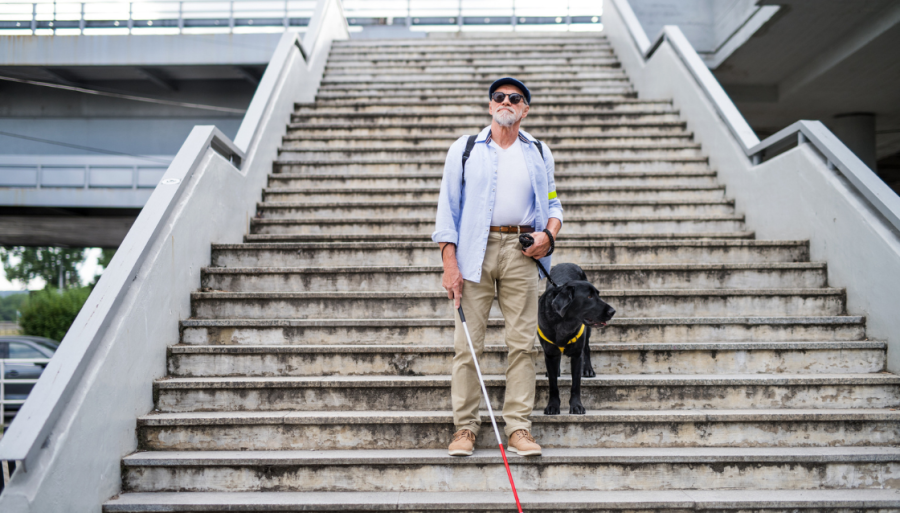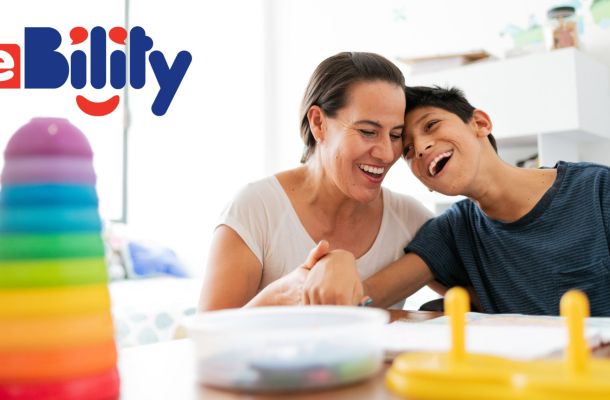
Assistive Technology For People who are Blind or have low vision
Losing your vision can be very overwhelming. With so much adaptive technology and equipment available for people who are blind or have low vision, how do you know which tools are the right ones for you?
To help you find the right tools, here is a list of the most common aids for people who are blind or have low vision:
Magnifiers
There are a lot of types of magnifiers. You have your standard handheld glass or flexible plastic magnifiers then there are the electronic versions. These magnifiers use a button to let you zoom in. There are also telescopic wearable devices for when you are out and about.
Some magnifier designs let you use them as an overhead projector, to help you read a newspaper.
Smartphones and apps like Zoom also let you magnify your phone's camera by up to 1500%.
White Canes
White canes, also known as mobility canes, are available in different shapes and sizes. The Long cane is a mobility cane that helps people detect obstacles, keep their balance and to measure the height and number of steps. Canes are a cost-effective and user-friendly assistive aid.
There are also Identification canes, designed to signal to other people that the user is either blind or has low vision. You can also wear a low vision badge, which you can pin on your clothing to inform others that you have low vision. These canes are not used to identify obstacles.
Support canes have more in common with walking sticks. They help users gain balance and provide physical support. These canes are not used to identify obstacles.
Tactile Markers
Stickers and tactile makers are ideal for home use. They help people who are blind or who have low vision identify household appliances and their different function settings. They're perfect for giving people independence at home. You might recognise them from public spaces like footpaths and train platforms.
Electronic Personal Assistants
Voice-activated AI personal assistants like Google Home or Amazon Echo and Alexa devices can be expensive but extremely handy. People with vision impairment can use them to ask about the weather, listen to the news or check the time. They can also create appointments, reminders, shopping lists, send and receive messages and emails and much more.
Screen Readers
Screen readers are a robotic voice that reads out loud a text or item on the user's computer or device screen.
They are already available on your smartphones. But you can also download them for your computers. The two most popular screen reader options are JAWS and NDVA.
Other Services for People who are Blind and Vision Impaired
Vision Australia Library
They're Australia's largest free audio library. They are available for people who are blind, have low vision or have a print disability. You can access their audiobooks or newspapers by applying for their library membership.
You can access the library on an app on your phone or with an MP3 or DAISY player.
eBility
If you or someone you know is new to vision loss or needs aids specialised for vision impairment, eBility might have something for you.
eBility is your one-stop accessible marketplace. We're a classifieds marketplace for buying and selling disability-related assistive technology, aids and equipment. We connect buyers and sellers to disability equipment and products.
If you are looking for budget-friendly aids and equipment, check out our listings. If you have any disused, secondhand equipment you can either sell or donate it by posting an ad on the eBility Classifieds!


